What is karaage?
Karaage is a dish made by deep-frying boneless chicken meat coated in flour or potato starch.
The term karaage specifically refers to fried food that does not have any bones, with only the meat part being fried in oil.
This may surprise, but there is an organization called the Japan Karaage Association, which holds a Karaage Grand Prix every year.
The dish is an essential part of Japanese cuisine.
The origin of karaage is not clear, but many culinary historians believe that the dish can be traced back to the Tang Dynasty in China.
In Japan, karaage became a popular dish using chicken, especially after World War II.
During the post-war period of food shortages, chicken was relatively easy to obtain and inexpensive.
As a result, karaage gained popularity as a home-cooked dish, as well as a menu item at izakaya restaurants (Japanese-style pubs) and other casual eating places.
In recent times, karaage has diversified and various regional variations have emerged.
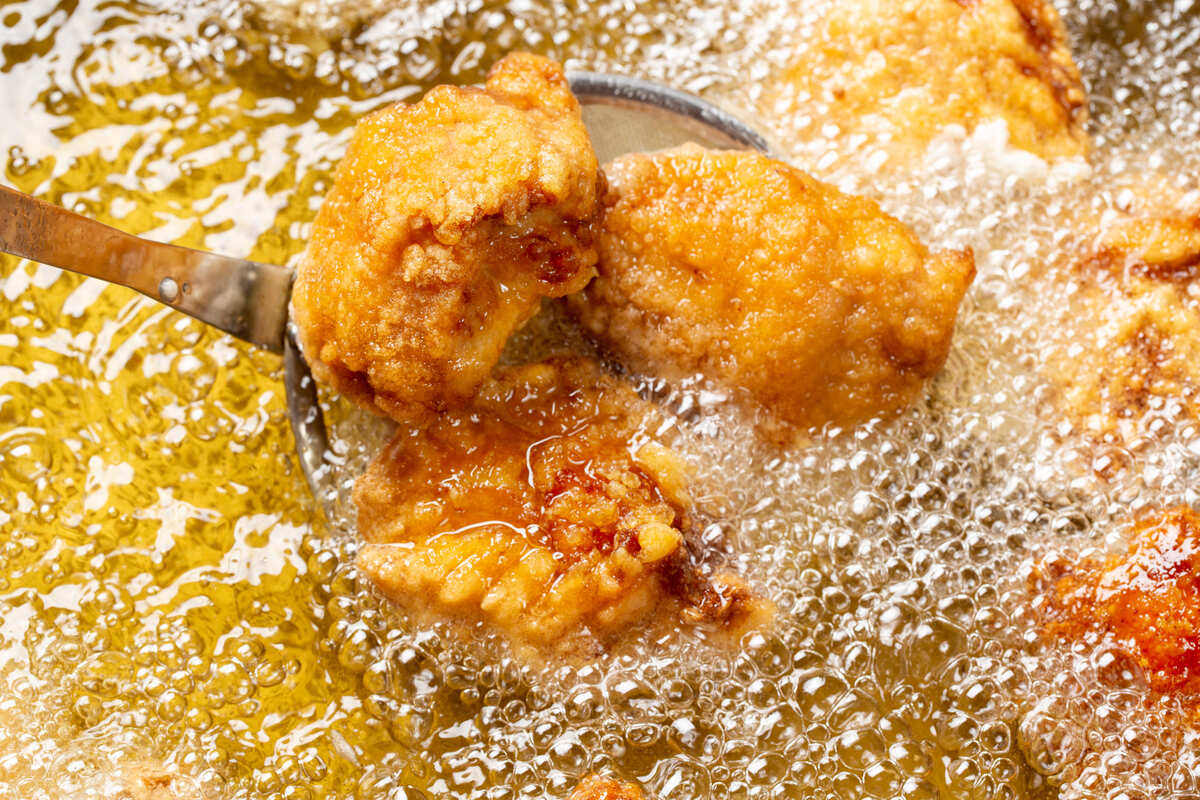
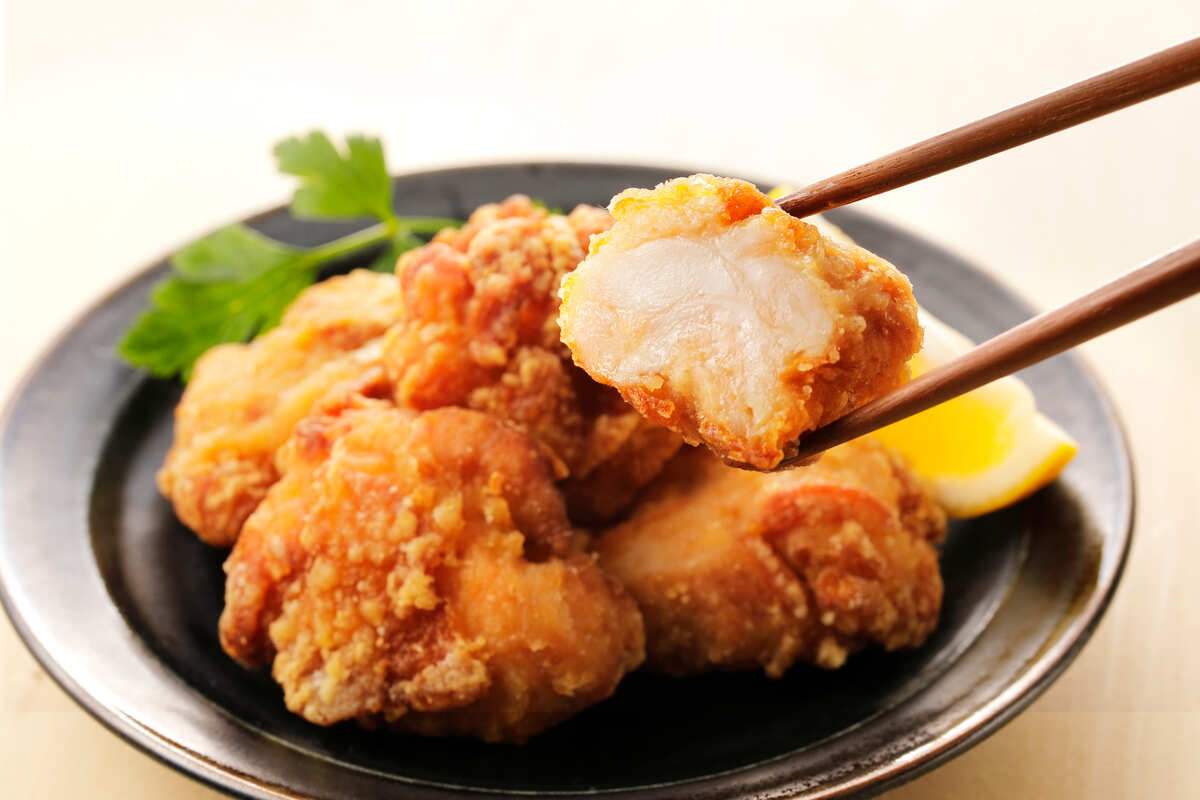
Varieties of karaage
Chicken karaage (regular karaage)
This is the most common type of karaage, which is made using chicken.
The meat is seasoned with soy sauce, mirin (sweet rice wine), garlic, and ginger, then battered with potato starch or flour before being deep-fried.
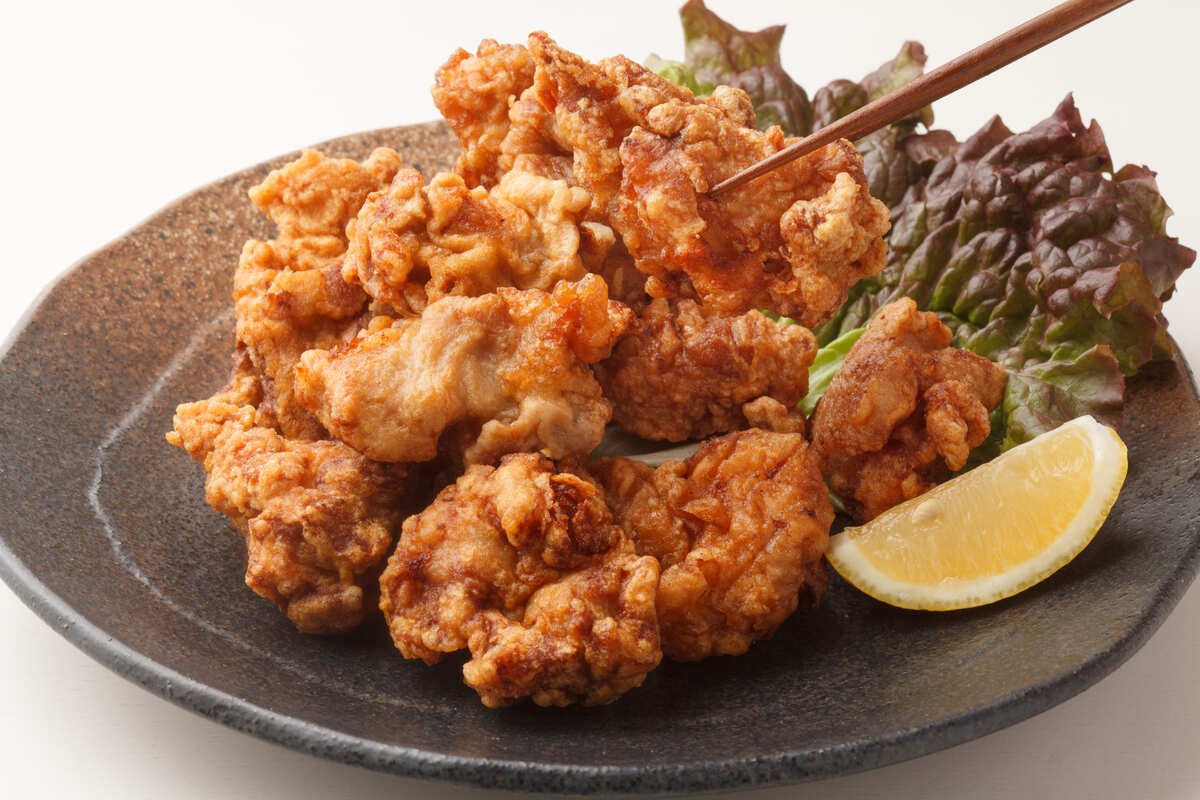
Chicken skin karaage
Fried chicken skin characterized by its crispy texture.
It is a popular snack at izakaya restaurants.
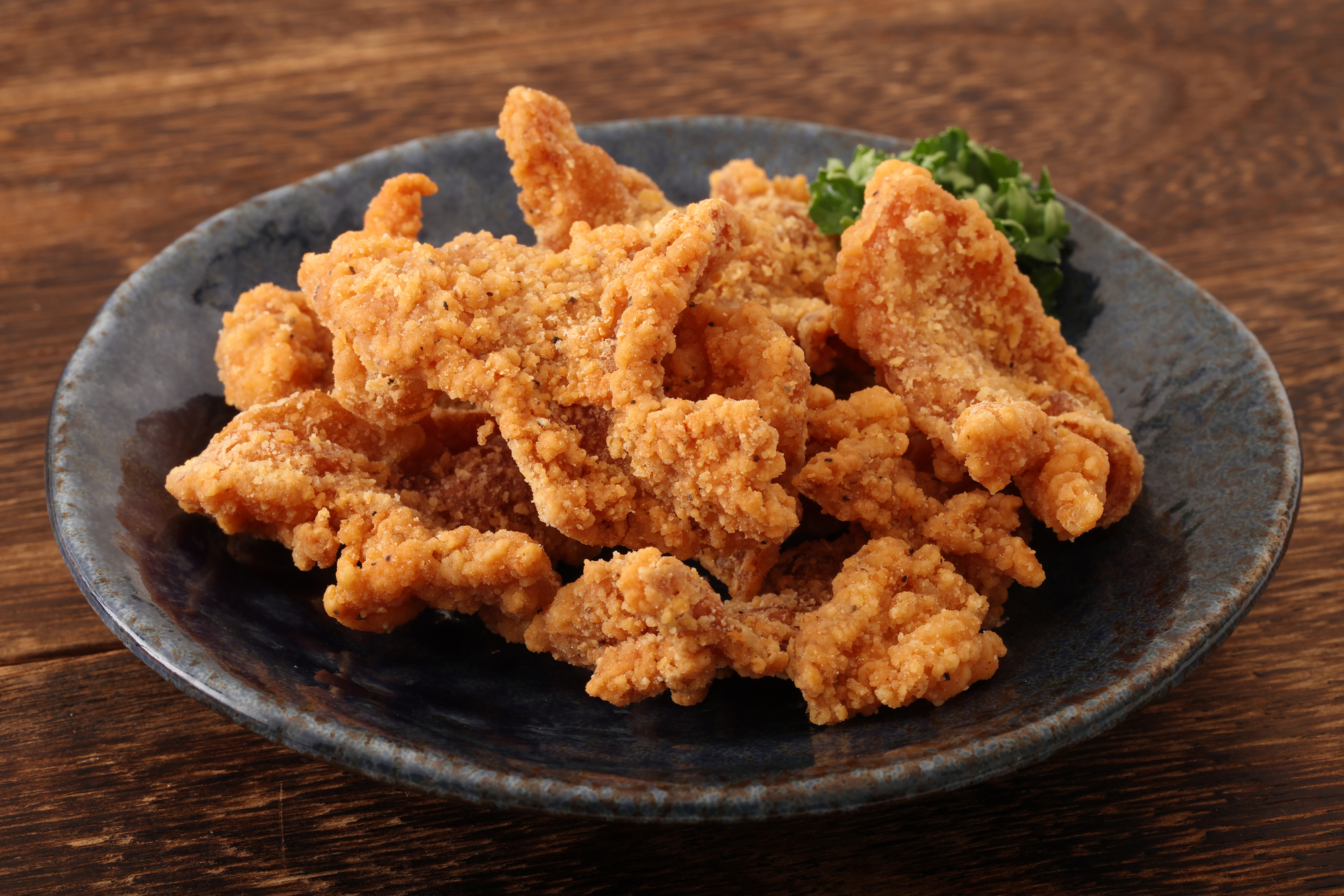
Chicken wing karaage
These fried chicken wings are rich in juices and characterized by its rich flavor.
The dish is especially popular in the Nagoya region where it is coated with salty-sweet sauce, unique to each restaurant, after frying.
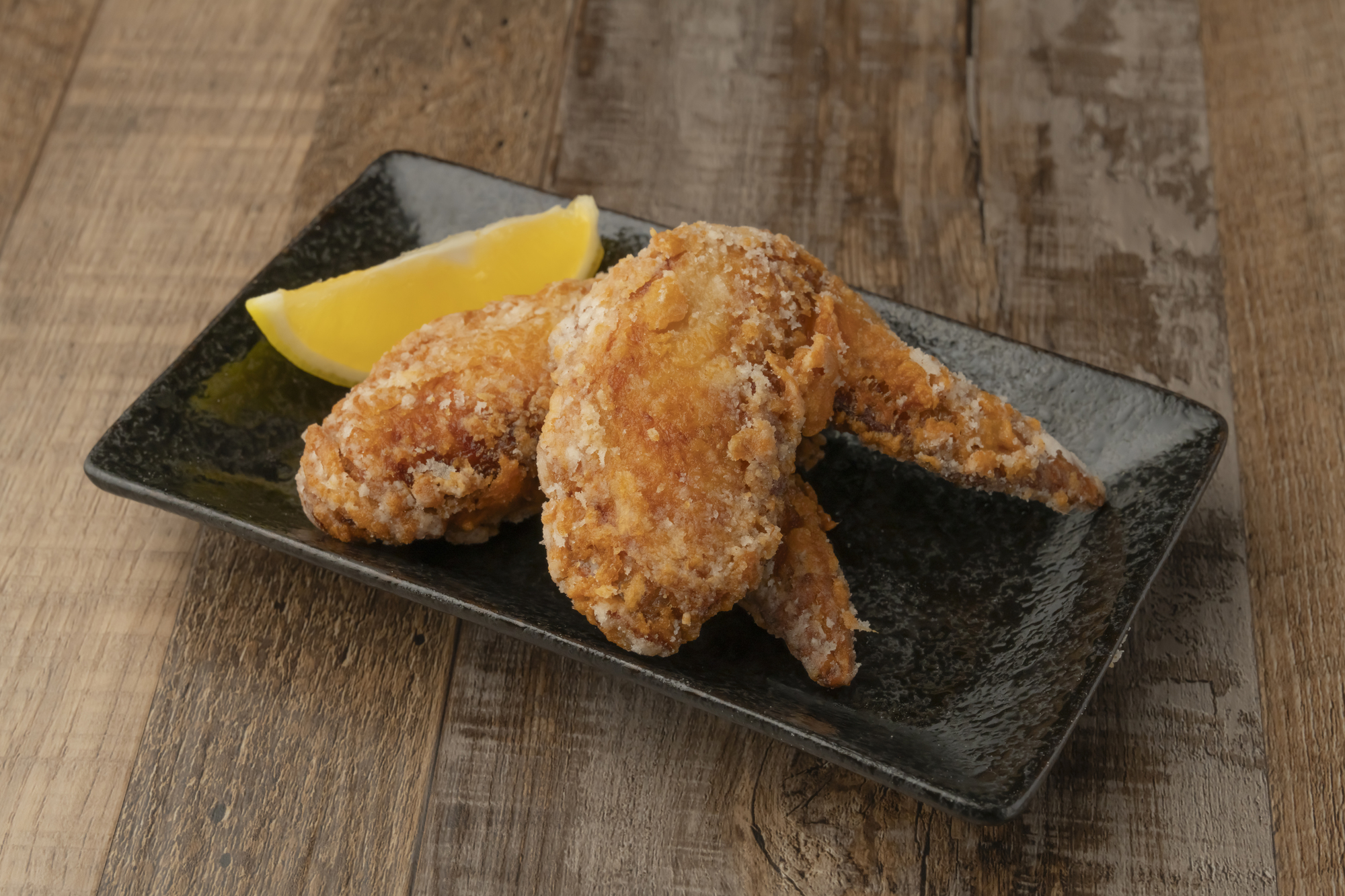
Zangi (Hokkaido style karaage)
This type of karaage, called zangi, originates in Hokkaido.
It is made by cutting chicken into large pieces and seasoning it in a unique flavoring before deep-frying.
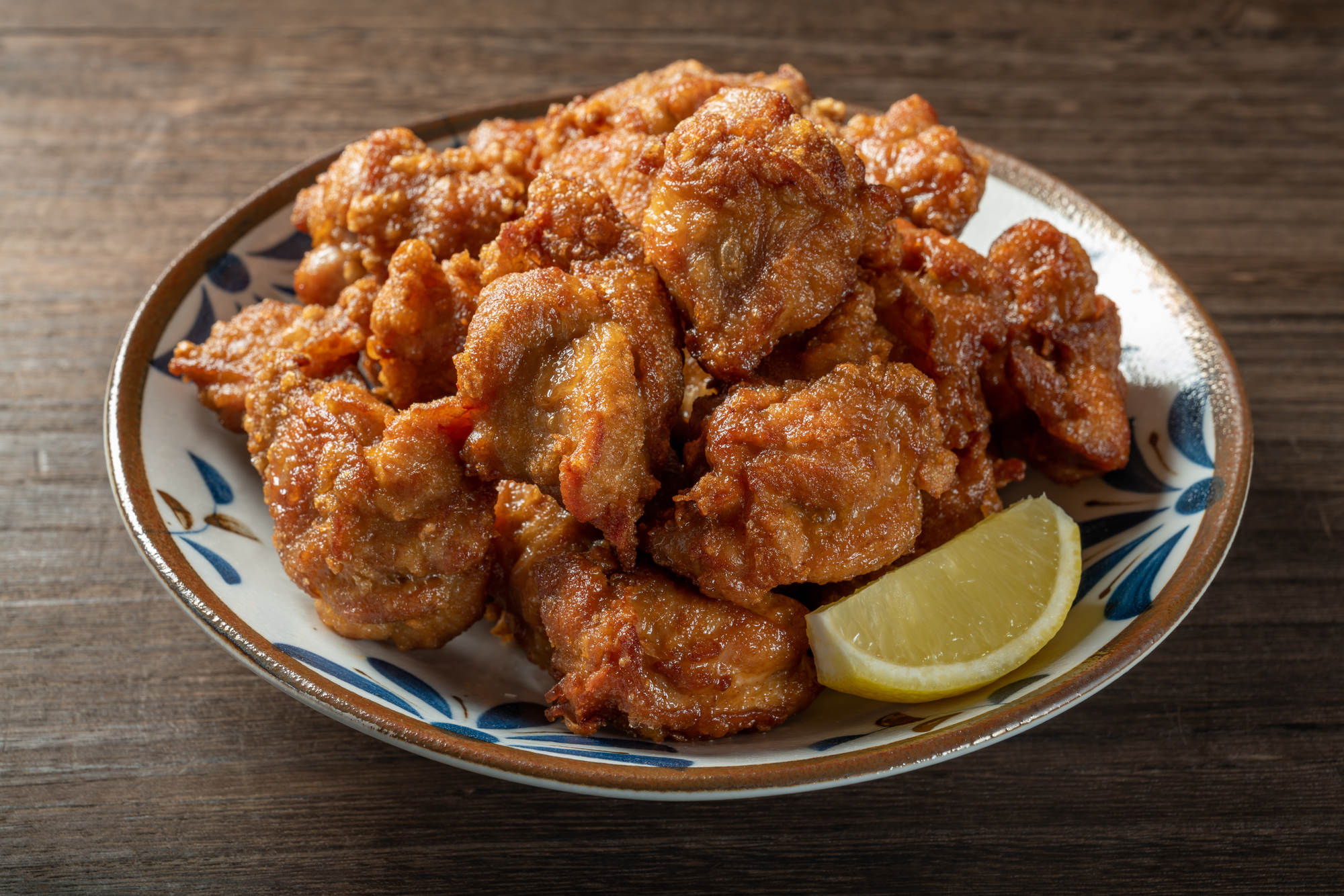
Other karaage ingredients
Apart from chicken, ingredients such as pork, seafood (squid, shrimp, etc.), and vegetables (eggplant, green peppers, etc.) are sometimes prepared in a similar way as chicken karaage.
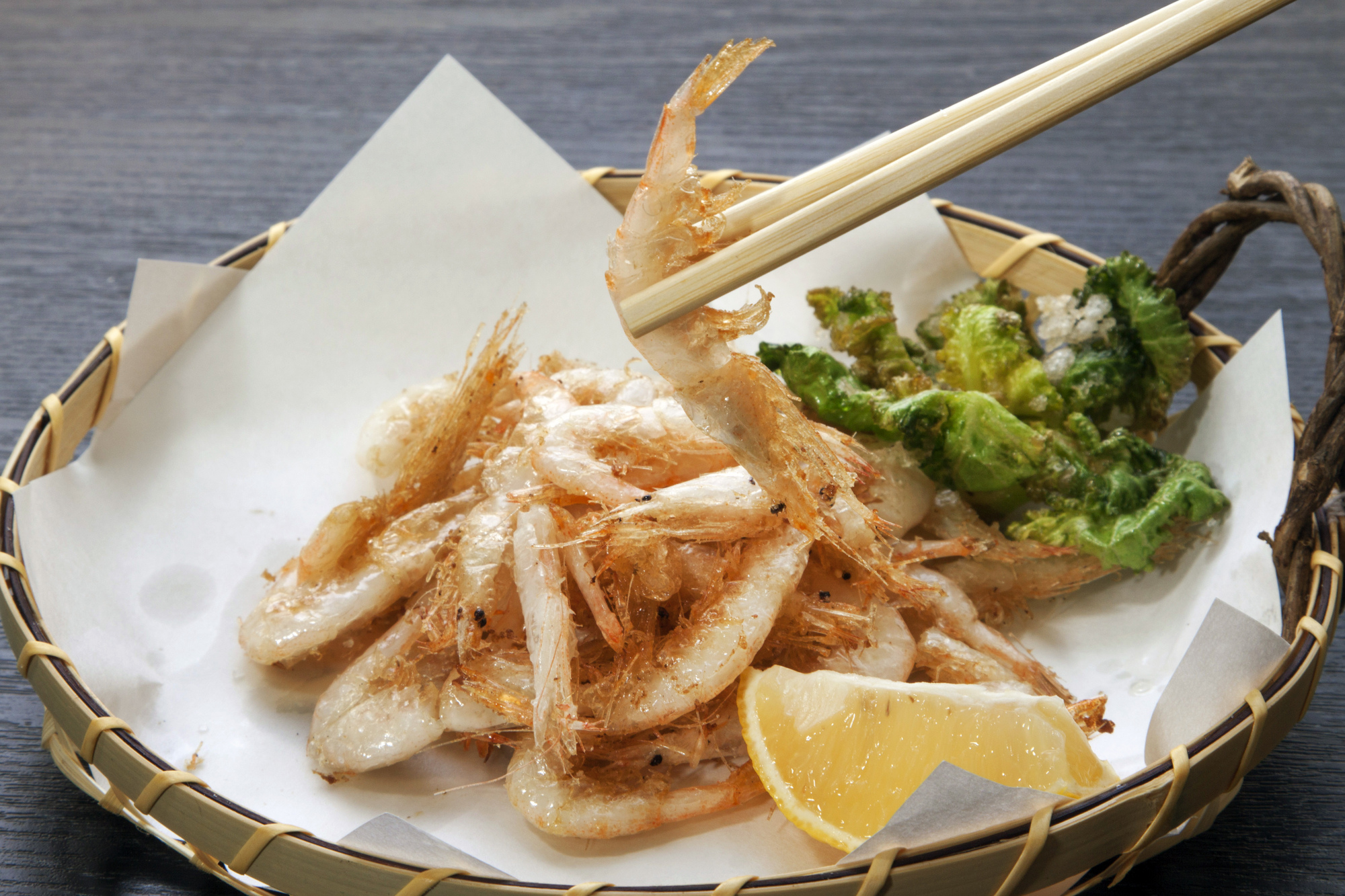
How to make karaage
Below is the most basic recipe for chicken karaage.
First, the chicken is seasoned.
A blend of soy sauce, mirin (sweet rice wine), sake, garlic, ginger, and other ingredients to make a seasoning liquid is prepared.
At restaurants, secret spices and herbs are sometimes added to enhance the flavor.
The chicken is then cut into bite-size pieces and marinated in the seasoning liquid for a set amount of time.
The recipe of the seasoning liquid and marinating time may vary from one restaurant to another.
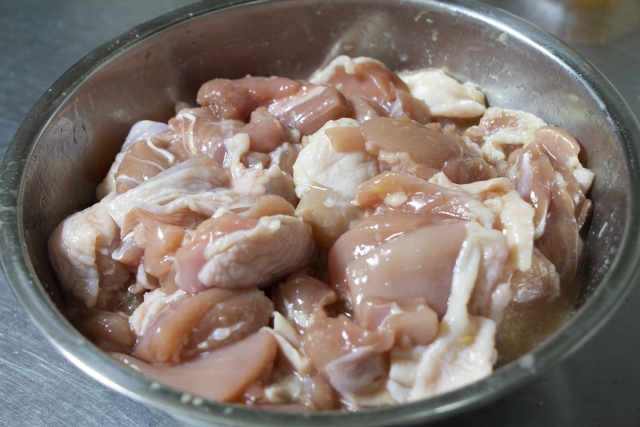
The seasoned chicken is coated in the batter.
The ratio of potato starch and flour, and the amount of moisture are carefully adjusted to achieve a crispy texture, suitable batter thickness, and an appetizing appearance.
The texture of the karaage depends on the way the batter is coated.
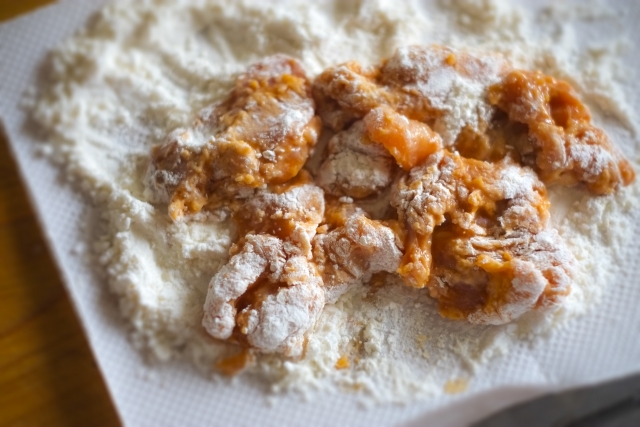
Next, the batter-coated chicken is deep-fried in oil.
The control of oil temperature and frying time is crucial, as it determines whether the chicken is fried crispy at high temperature or cooked slowly at low temperature.
It's also important to consider the placement of the meat in the pot, the amount of oil, and the order in which the meat is fried.

The freshly fried chicken is then served on a plate.
Depending on the restaurant, the dish can be garnished with lemon, cabbage, parsley, or other items to add color to the finish.
How to eat karaage
There is no set way to eat it, but karaage is often enjoyed with garnishes.
Eat as is
Karaage is delicious on its own.
Enjoy the crispy batter on the outside and juicy meat inside, freshly fried and hot.
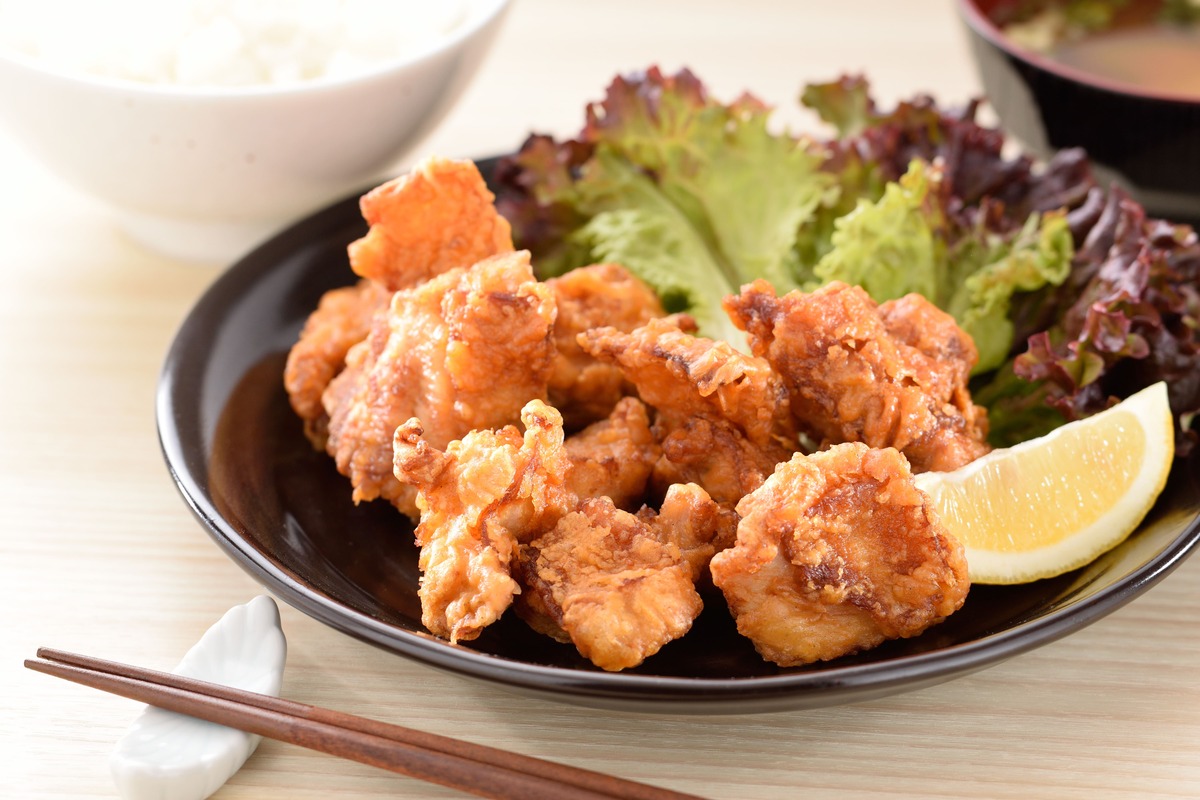
Squeeze lemon
Squeeze a cut of lemon, which is often served with the dish, over the karaage.
The acidity of the lemon adds freshness to the flavor and reduces the oiliness.
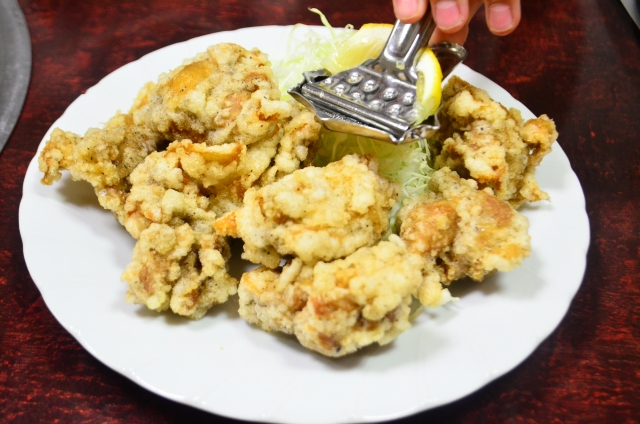
Eat with sauce
Karaage may be served with various sauces, such as mayonnaise, salty-sweet sauce, simple sauce, or ketchup.
Try eating the dish with a sauce to discover new flavors.

Seasoning Variations and Flavor Explorations: The Deep Flavor World of Karaage
Karaage is loved for its crispy coating and juicy chicken, but one of its greatest appeals is how the flavors can dramatically change depending on the seasoning used. In this section, we’ll introduce the depth of taste that’s uniquely Japanese—something visitors to Japan should definitely experience.
Sweet and Savory: A Mild, Beloved Flavor Among Japanese People
The “sweet and savory” flavor, known in Japanese as amakara, uses a soy sauce and sugar-based glaze. Slightly sweet and incredibly addictive, it’s a crowd-pleaser among both children and adults. This flavor is also a staple in bento lunch boxes and food stalls.
“I stumbled upon sweet and savory karaage at a department store food floor during my trip—it tasted like a true taste of a Japanese mom’s home cooking!”
Garlic-Heavy: Bold, Addictive Flavor with a Punch
For garlic lovers, karaage seasoned with extra garlic is an irresistible choice. By adding plenty of raw garlic to the marinade, the flavor becomes aromatic and bold. This style is especially popular at izakaya and specialty karaage shops. It pairs perfectly with beer or highballs!
“Japan’s garlic-flavored karaage was more intense than I expected—the balance between spice and umami was just right!”
Yuzu Kosho Flavor: A Zesty, Spicy Kick for Grown-Ups
Yuzu kosho is a uniquely Japanese paste made from yuzu citrus peel and chili peppers. When used in karaage, it adds a fresh citrus aroma and a sharp kick of spice, resulting in a refreshing yet complex flavor. Especially popular in the Kyushu region, this flavor—with its mix of heat and acidity—is becoming a favorite among international travelers too.
“It was my first time trying karaage with yuzu kosho. It was spicy yet refined—a flavor that really sticks with you!”
Other Popular Flavors: Mayo Sauce, Chili Sauce, and Curry-Style
In recent years, various creative twists on karaage have emerged, using mayonnaise, chili sauce, or curry powder. For example, adding sweet chili sauce gives it an Asian fusion feel, while sprinkling curry powder transforms it into a spicy, exotic version. The wide range of flavors is part of what makes karaage such a deeply enjoyable dish.
People’s reaction when eating
Search Restaurants by Destination

Search Restaurants by Popular Cuisines





